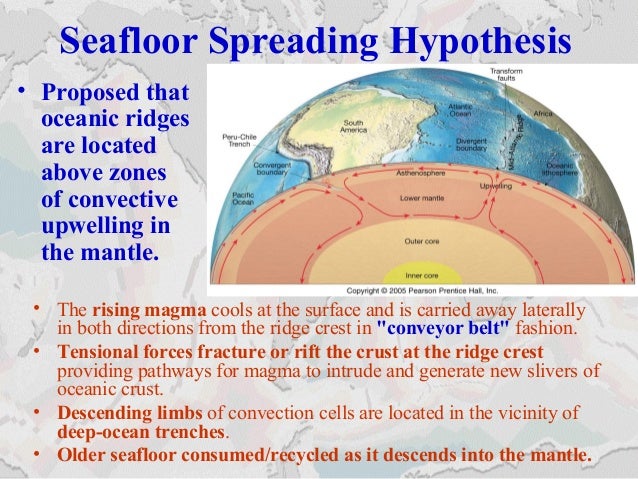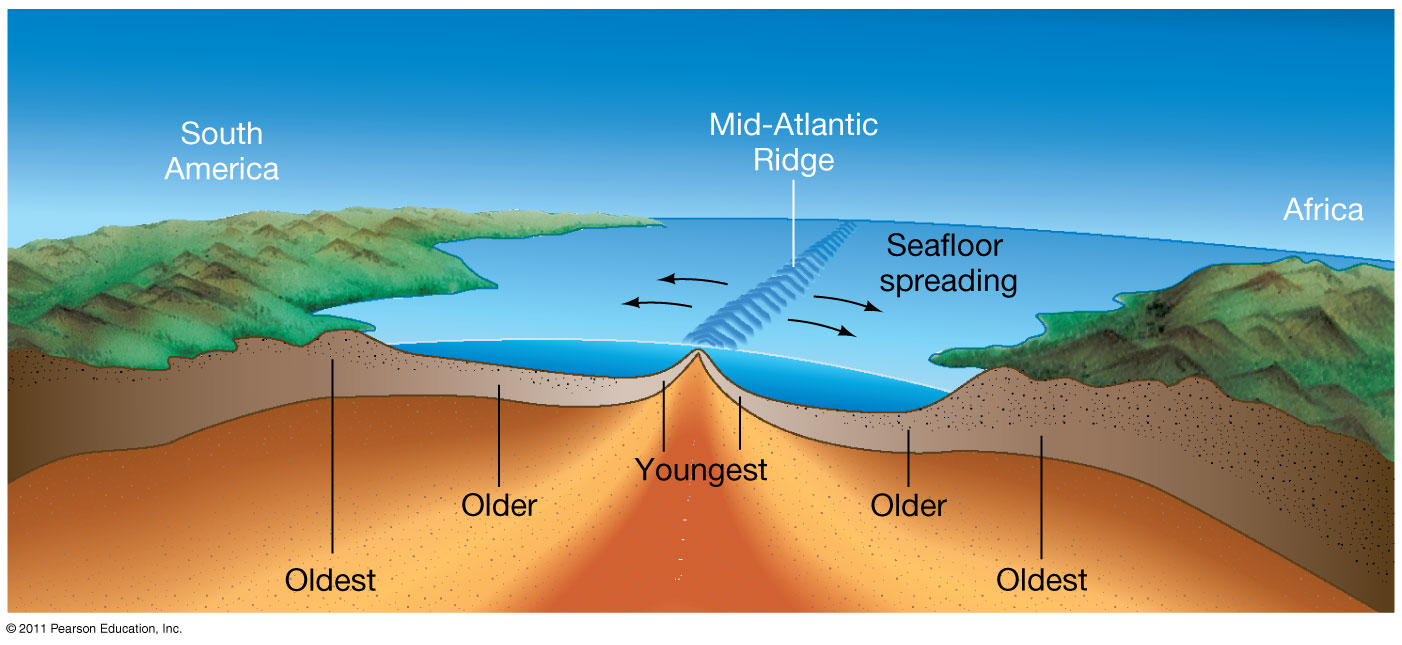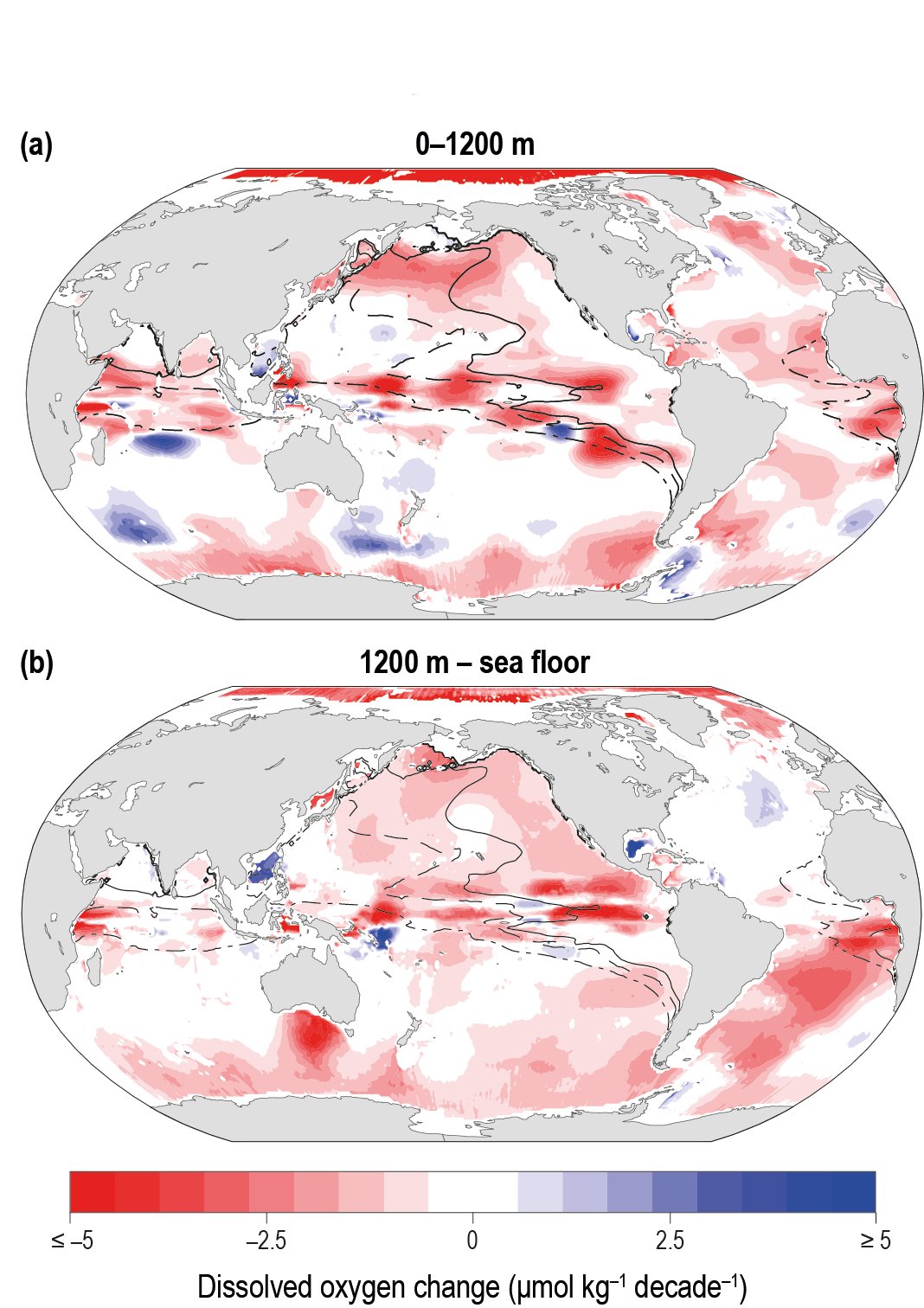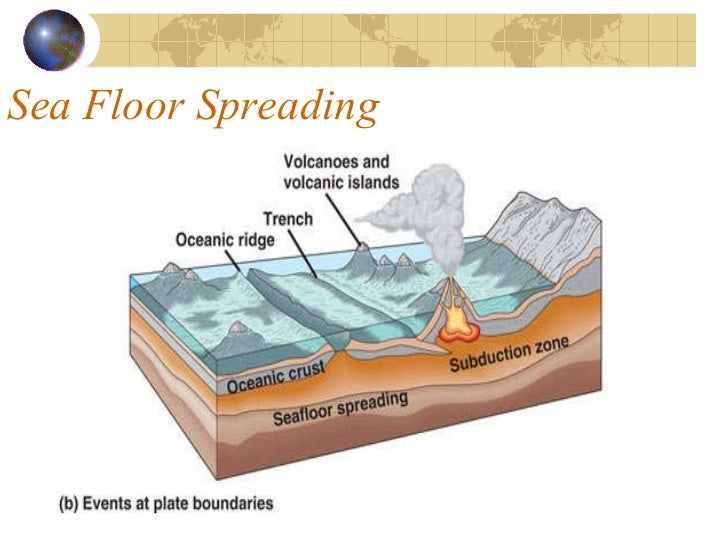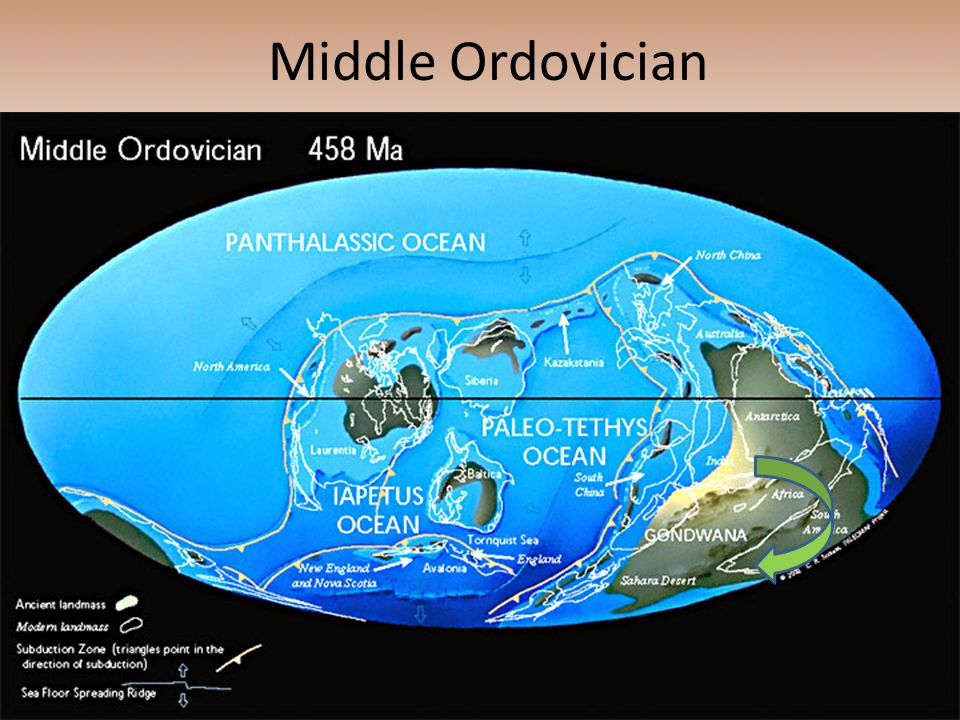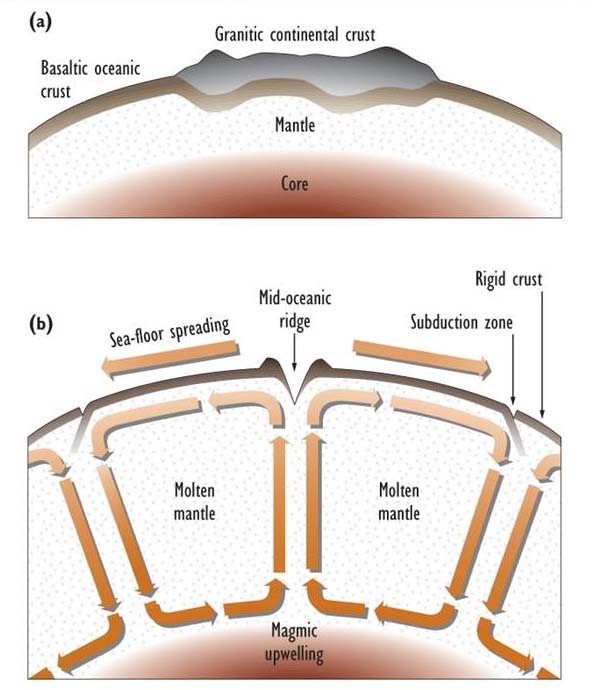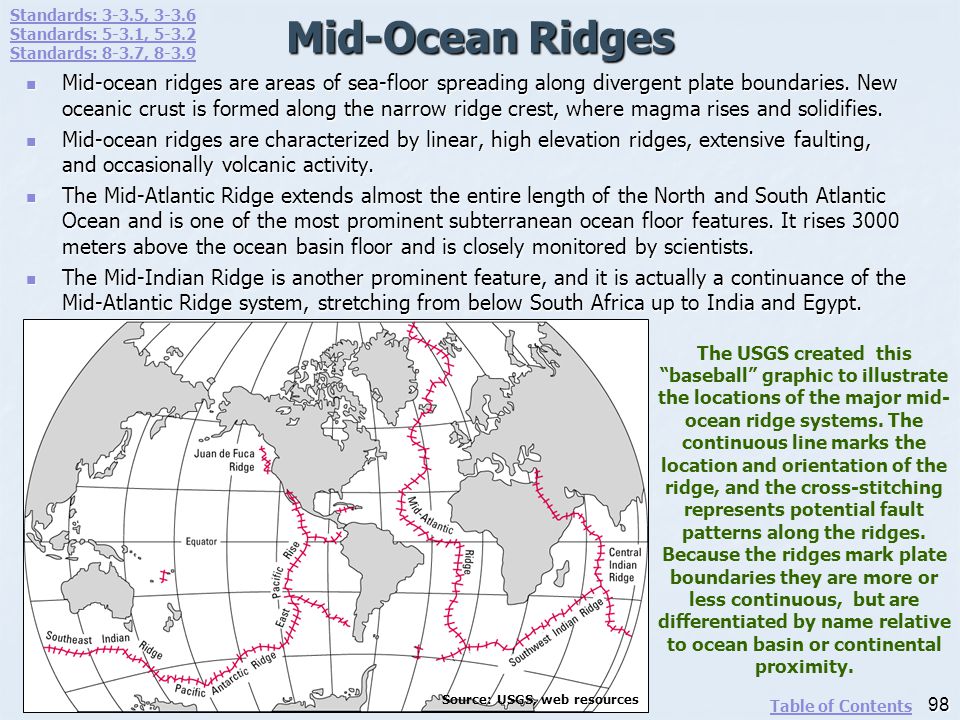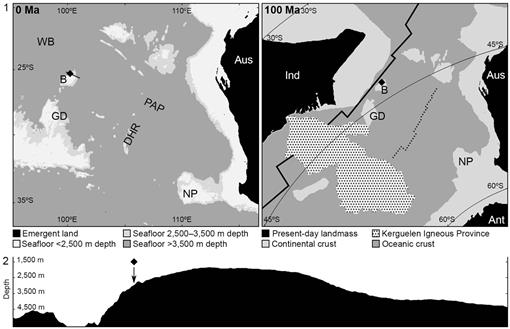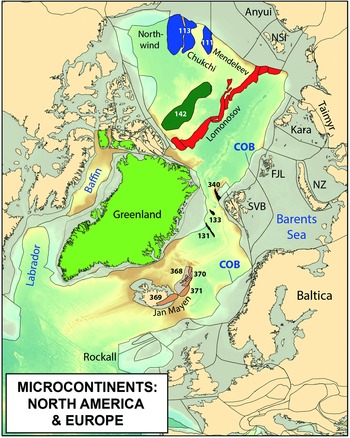The rate at which new oceanic lithosphere is added to each tectonic plate on either side of a mid ocean ridge is the spreading half rate and is equal to half of the spreading rate.
Sea floor spreading rates 110 85 mya.
Figs 3 and 5 seismic refraction velocity depth data e g.
R d t or r 9 5 10 7 cm 6 5 10 7 years 1 46 cm yr.
While we can identify a seafloor spreading sequence with a general ene trend along the antarctic margin figs 4 and 5 from west to east we can observe an increase in spreading rate and tectono magmatic variations across the spreading segments from the potential field data e g.
Seafloor spreading occurs along mid ocean ridges large mountain ranges rising from the ocean floor.
1cm yr to 10 cm yr.
Seafloor spreading theory that oceanic crust forms along submarine mountain zones and spreads out laterally away from them.
Spreading rate is the rate at which an ocean basin widens due to seafloor spreading.
Spreading rates determine if the ridge is fast intermediate or slow.
The mid atlantic ridge for instance separates the north american plate from the eurasian plate and the south american plate from the african plate the east pacific rise is a mid ocean ridge that runs through the eastern pacific ocean and separates the pacific plate from the north american.
Slower spreading rates lead to a rough topography because the tectonic plate is allowed to cool before moving away from the ridge.
The rates differ between the 3 spreading centers and along their respective boundaries.
High cretaceous ocean crust production rates have been causally linked to high global sea level and global co 2 due to increased outgassing.
This idea played a pivotal role in the development of the theory of plate tectonics which revolutionized geologic thought during the last quarter of the 20th century.
For the two segments like those labeled a and b on the profile above and from 40 80 mya mya million years ago similar to the two segments labeled c and d on the profile above.
However recent studies have questioned the empirical basis for high cretaceous global seafloor spreading rates high cretaceous sea level 230 320 m above present and the relationship between geochemical fluxes and spreading rates.
Make the necessary measurements to calculate the spreading rates on either side of the spreading center during the most recent 40 ma i e.
Measure from the center of the spreading center to a known age point on the plate rather than from 65 ma on the eastern plate to 65 ma on the western.
Use the above equation to calculate spreading rate.

